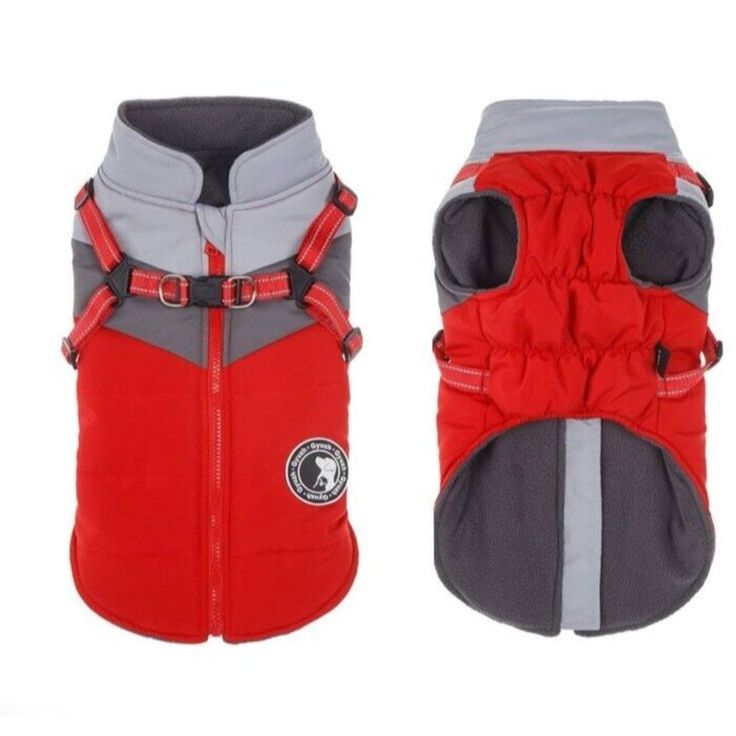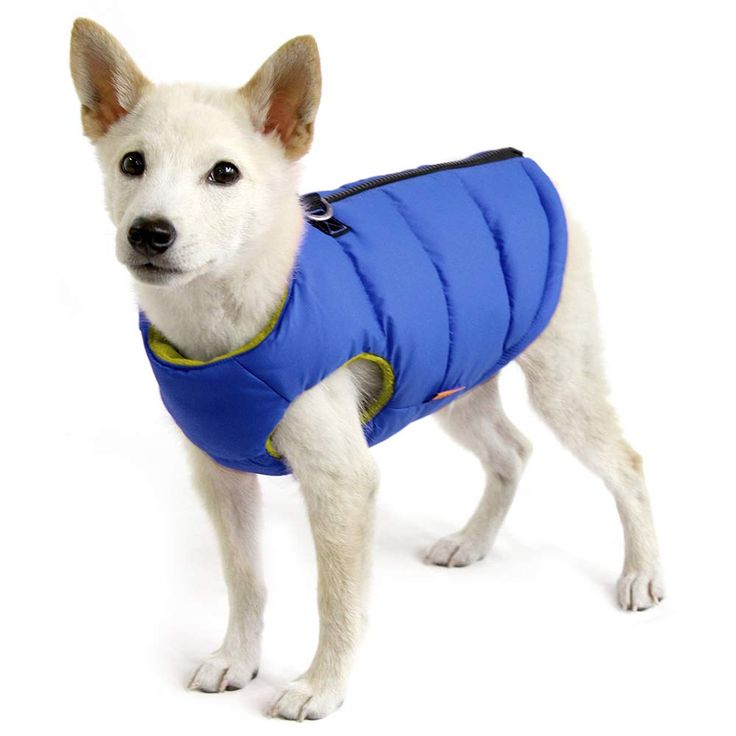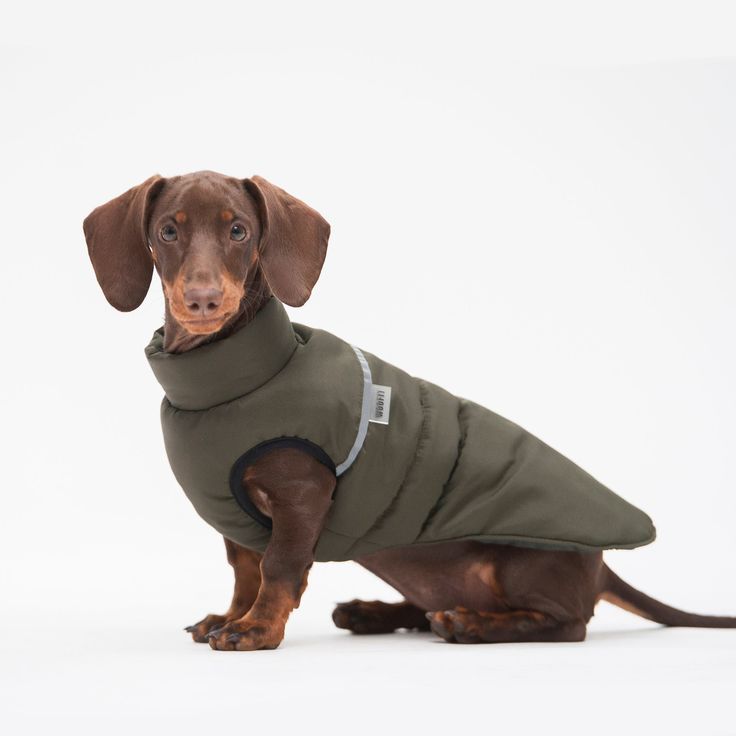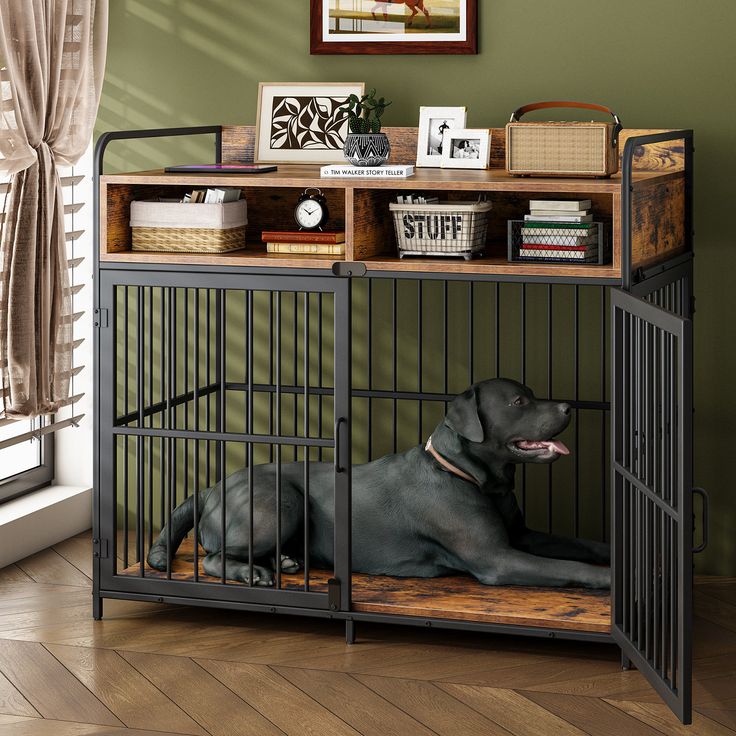As temperatures drop and winter settles in, prioritizing our furry friends’ comfort and safety becomes essential. During the cold months, dogs are particularly vulnerable to harsh weather conditions. A quality dog winter coat offers vital protection, helping them stay warm and cozy during outdoor adventures. Without sufficient warmth, pets may face discomfort, reluctance to go outside, and even health risks related to cold exposure. However, selecting the right coat is not always straightforward. It requires a solid understanding of the essential features that enhance warmth and protection. Different breeds may have unique needs based on their size, coat thickness, and activity levels. In this article, we will explore the crucial elements of an effective dog winter coat while providing practical insights to help you make an informed purchase that ensures your dog’s well-being throughout winter.

Understanding Material Insulation: The Heart of Warmth
When shopping for a dog winter coat, the material is the most critical aspect to consider. Insulation plays a fundamental role in retaining body heat, and several types of insulation are available on the market today. Common materials include down, synthetic insulation, and fleece.
Down insulation provides exceptional warmth-to-weight ratio, trapping air pockets to keep your dog cozy. However, it can be less effective when wet, so it’s vital for dog owners to be cautious in rain or snow. Synthetic insulation, on the other hand, performs well even in damp conditions, making it suitable for all types of weather. Brands like Thinsulate and PrimaLoft offer lightweight, durable, and waterproof synthetic options that keep your pup warm and dry.
Fleece is another excellent insulating material. It’s comfortable against the skin and offers breathability, preventing overheating during exercise. When choosing a coat, consider whether your dog has specific sensitivities. For example, some dogs may prefer soft, cozy materials like fleece over rougher fabrics.
Ultimately, ensure the coat’s material complements your dog’s needs and the type of winter conditions you, and your furry friend, will be facing.
Waterproof and Windproof Features: Combatting the Elements
While insulation is vital, it’s equally important to consider the outer layer of your dog’s winter coat. A waterproof and windproof exterior will shield against rain, snow, and biting winds—common components of winter weather. Look for coats made from materials like nylon or polyester, which typically offer these protective features.
Waterproof ratings, usually measured in millimeters, indicate how well a fabric can resist water penetration. A fabric with a rating of 1000mm is highly waterproof, suitable for wet and snowy conditions. While most dog winter coats cannot achieve fully waterproof status, a water-resistant coating can significantly help repel moisture.
To further enhance a coat’s effectiveness, consider additional features such as adjustable cuffs, drawstrings, or elasticized hems that prevent water and wind from seeping in. A good winter coat should act as a barrier, keeping your dog comfortable and dry, regardless of external weather conditions.

Proper Fit: Ensuring Comfort and Mobility
A dog winter coat needs to fit properly for optimal warmth. A coat that is too tight can restrict movement, leading to discomfort, while an overly loose coat may fail to provide adequate insulation or could pose a safety hazard. To find the best fit for your dog, take measurements around their neck, chest, and back length.
Many brands provide sizing charts to guide your purchase, but if you are between sizes, opt for the larger option. A good winter coat should allow for layering—a thin sweater might fit comfortably beneath a warmer outer coat. Also, consider whether the design allows enough freedom for your dog to run, jump, and play without restrictions.
Adjustable straps, Velcro, or buckles can help secure the coat in place while allowing you to customize the fit. Tailored designs that conform to your dog’s shape—and cater to specific needs based on their breed—will significantly enhance their comfort during winter walks.
Additional Features: Enhancing Functionality and Safety
Beyond warmth and insulation, additional features can greatly enhance the functionality of a dog winter coat. Reflective strips or patches increase visibility during low-light conditions, keeping your dog safe on early morning or late evening walks. This feature becomes particularly important in areas with heavy traffic or poor street lighting.
Many winter coats include a harness opening for a leash attachment. Ensure that this opening is designed correctly, allowing you to easily clip your leash onto your dog’s harness without needing to remove the coat. This accessibility promotes convenience for outdoor excursions, making it easy to transition from collar to harness without compromising warmth.
Another practical feature is an adjustable collar or hood. Having a detachable hood can be beneficial, particularly for breeds with less fur. A snug collar that covers the neck protects the sensitive areas from cold drafts, while hoods can shield the ears, making outdoor adventures more comfortable. These extra elements enhance both the functionality and safety of your dog’s winter coat, ensuring that they can enjoy the cold weather comfortably.

Maintenance and Care: Preserving Warmth and Functionality
A high-quality dog winter coat should be easy to clean and maintain. Winter weather can lead to muddy paws, snow, and moisture accumulation on your dog’s coat, so choosing materials that are machine washable will make maintenance easier. Some coats even have removable linings, allowing for thorough cleaning without compromising the outer shell.
Besides regular washing, inspecting your dog’s coat for wear and tear is equally important. Look for frays, missing buttons, or damaged velcro that may impede the coat’s performance. Ensuring that your dog’s coat remains in excellent condition will enhance its longevity, keeping your pup warm for many winters to come.
It’s worth noting that products designed specifically for cleaning outdoor gear are often gentler and maintain the garment’s function better than standard laundry detergents. These specialized cleaners can help preserve water-resistant coatings and maintain insulation integrity, allowing your dog to benefit from the coat’s full capabilities.
Choosing the Right Style: Function Meets Fashion
While functionality is paramount, consider the style of the winter coat as well. As dog owners, we want our pets to not only be warm but also look good in their winter gear. From sleek designs to bright, fun patterns, there are numerous options to suit every pup’s personality.
For a more traditional look, opt for classic colors like navy blue, black, or red. If you have a playful pup who enjoys standing out, consider vibrant prints, plaids, or even coats with fun embellishments. The market has expanded, allowing brands to offer a variety of styles, from parka-like jackets to sporty options designed for active dogs.
Also, consider your dog’s breed and build when choosing the style. A coat that looks outstanding might not provide the necessary functionality for more active or larger breeds. Assess how your dog will use their coat: is it for short walks around the block, or are you planning rugged hiking adventures? Understanding how your coat style complements your dog’s lifestyle is vital in making the right winter coat choice.

Budgeting and Investing in Quality: Long-Term Benefits
Finally, while it’s tempting to opt for the cheapest option, remember that a dog winter coat is a long-term investment in your pet’s comfort and health. Higher-quality coats, although initially pricier, often outperform budget options in durability, insulation, and overall effectiveness. Think about the long-term benefits of investing in a quality coat that will last many winters instead of purchasing a lower-quality coat that may wear out or lose effectiveness after one season.
Researching different brands can help ensure you find the right product for your budget. Look for discounts during off-season sales or special promotions, which can bring down the cost of higher-end brands. Store reviews and recommendations can also provide insights into product longevity and performance.
In summary, choosing the right dog winter coat means balancing quality, features, and budget. A well-informed decision will ensure your furry companion enjoys their winter months, staying warm and protected from the elements.

Conclusion: Happy Pups in All Weather
A dog winter coat is essential for maintaining your pet’s warmth and comfort during cold weather. By considering materials, insulation, waterproof features, fit, and safety elements, you can select the perfect coat to meet your pup’s needs. Paying attention to additional features like reflectivity and harness openings enhances the functionality, making outdoor adventures even more enjoyable.
Remember the importance of maintenance and care to prolong the life of the coat, and choose a style that reflects your dog’s personality. Finally, investing in a quality winter coat pays off in the long run, ensuring your furry friend stays cozy and happy season after season. With the right dog winter coat, your canine companions can embrace winter’s adventures while staying protected in optimal warmth.


